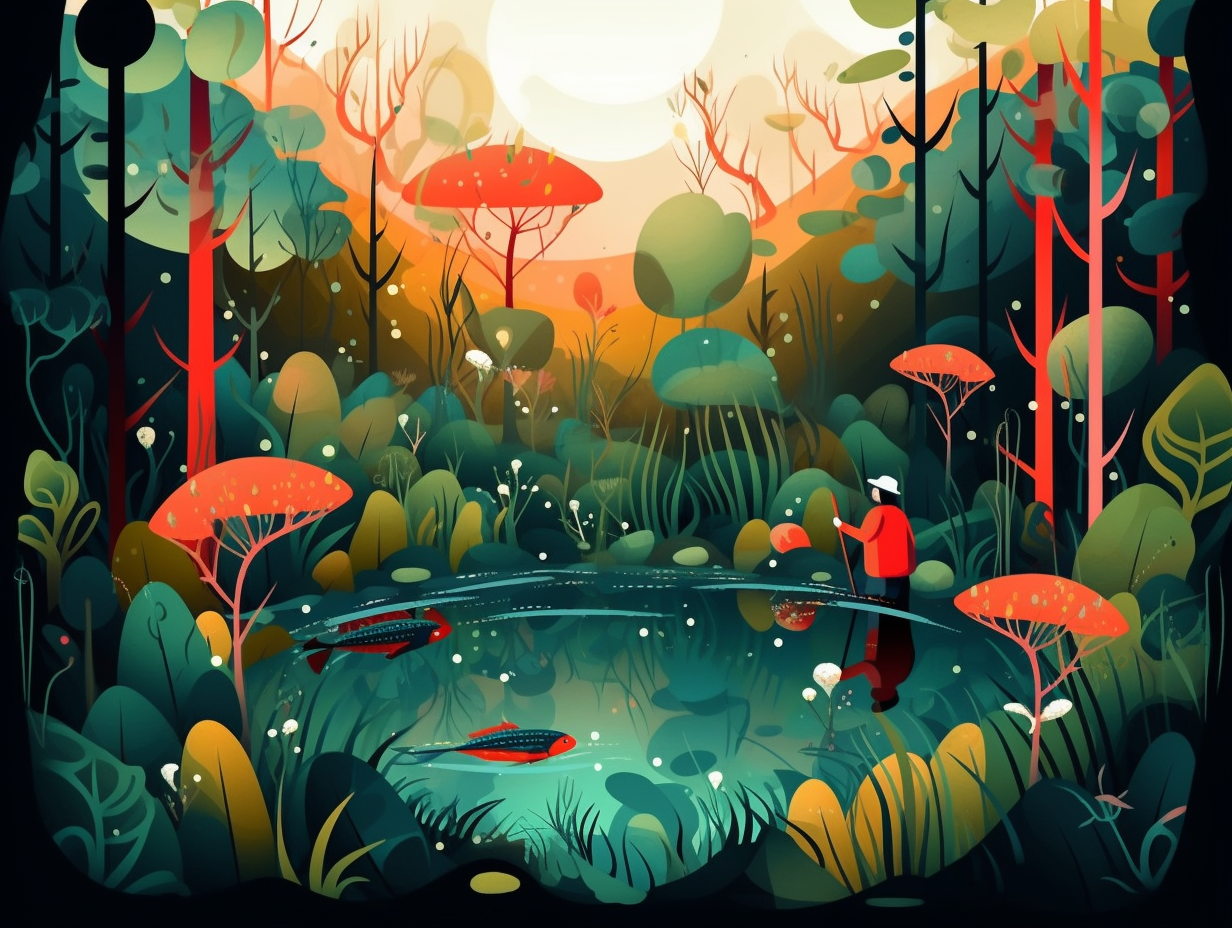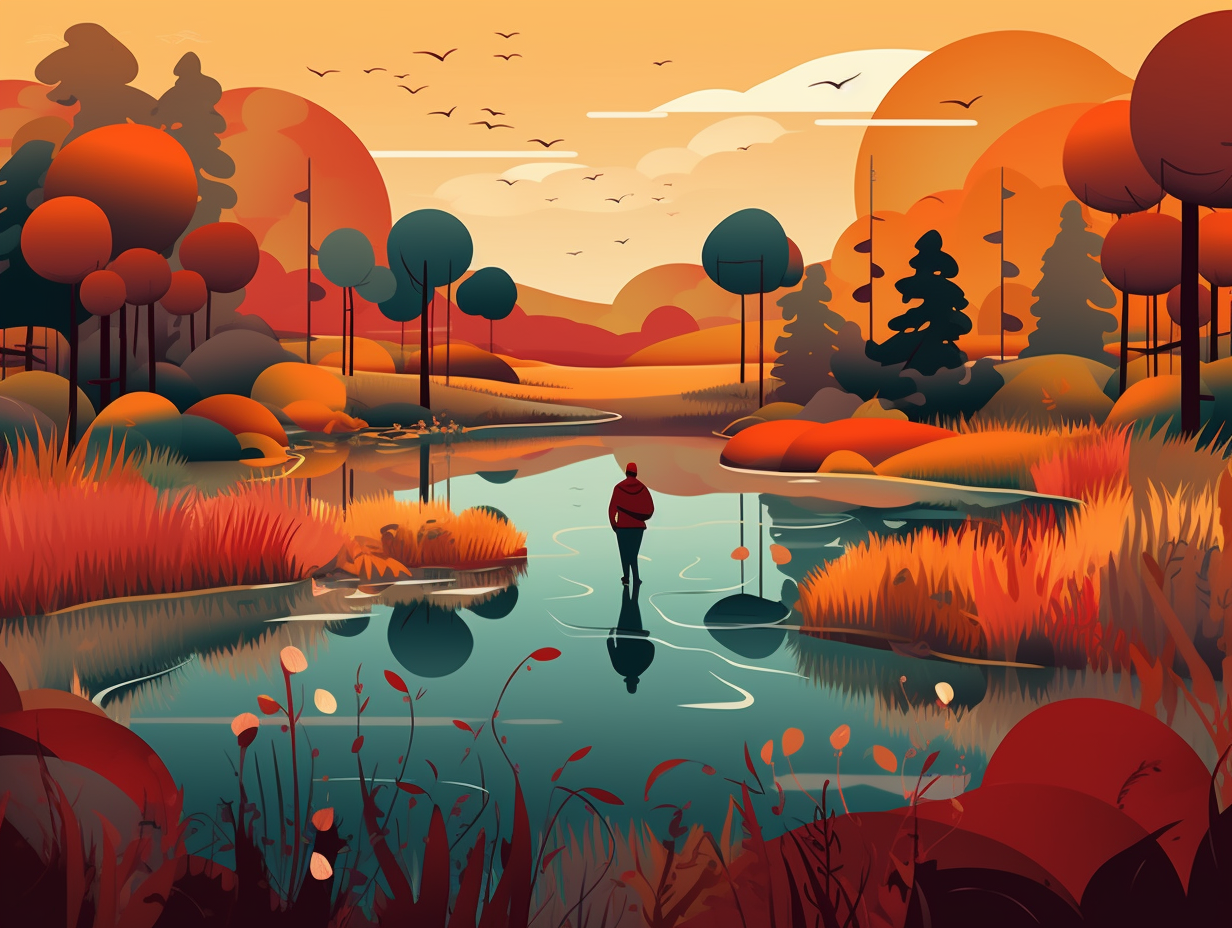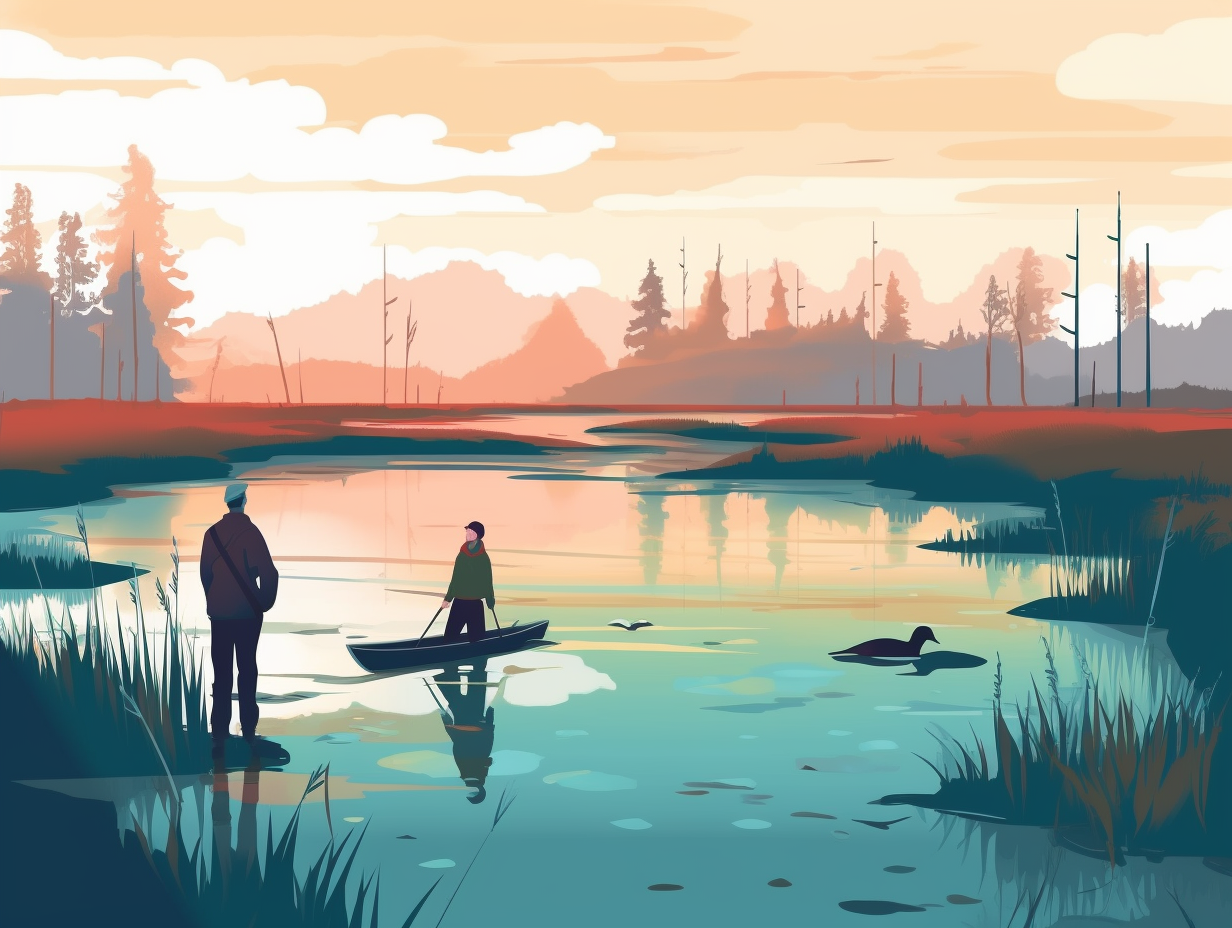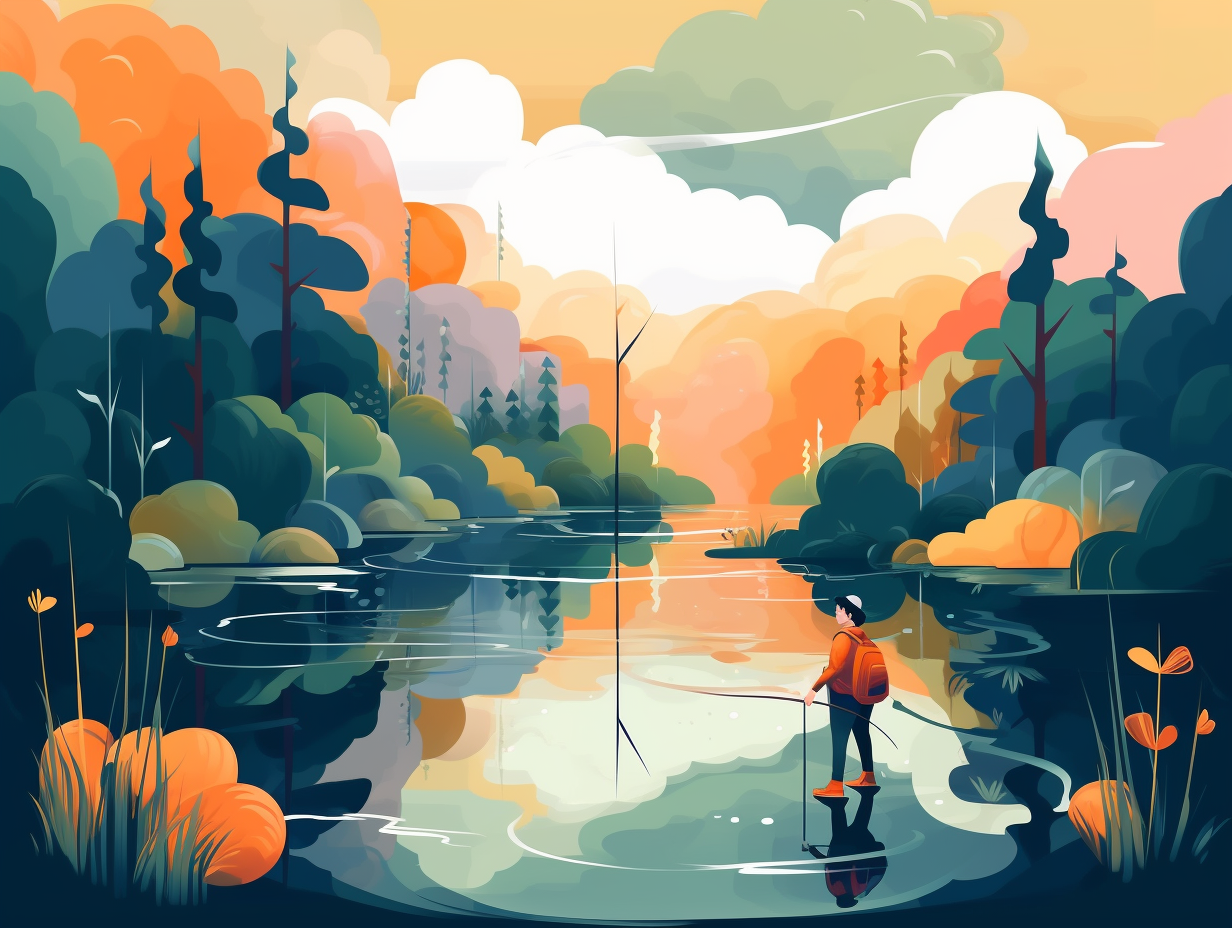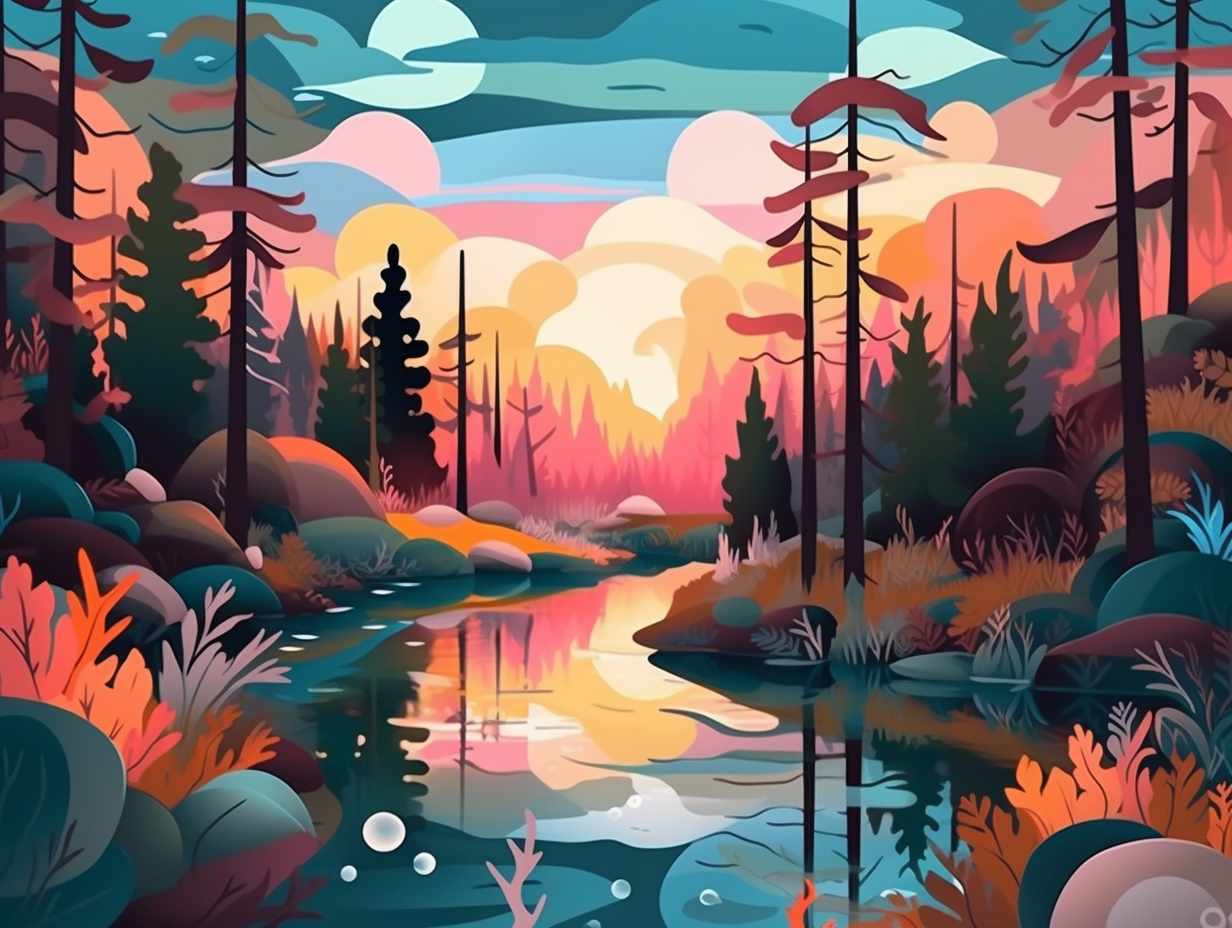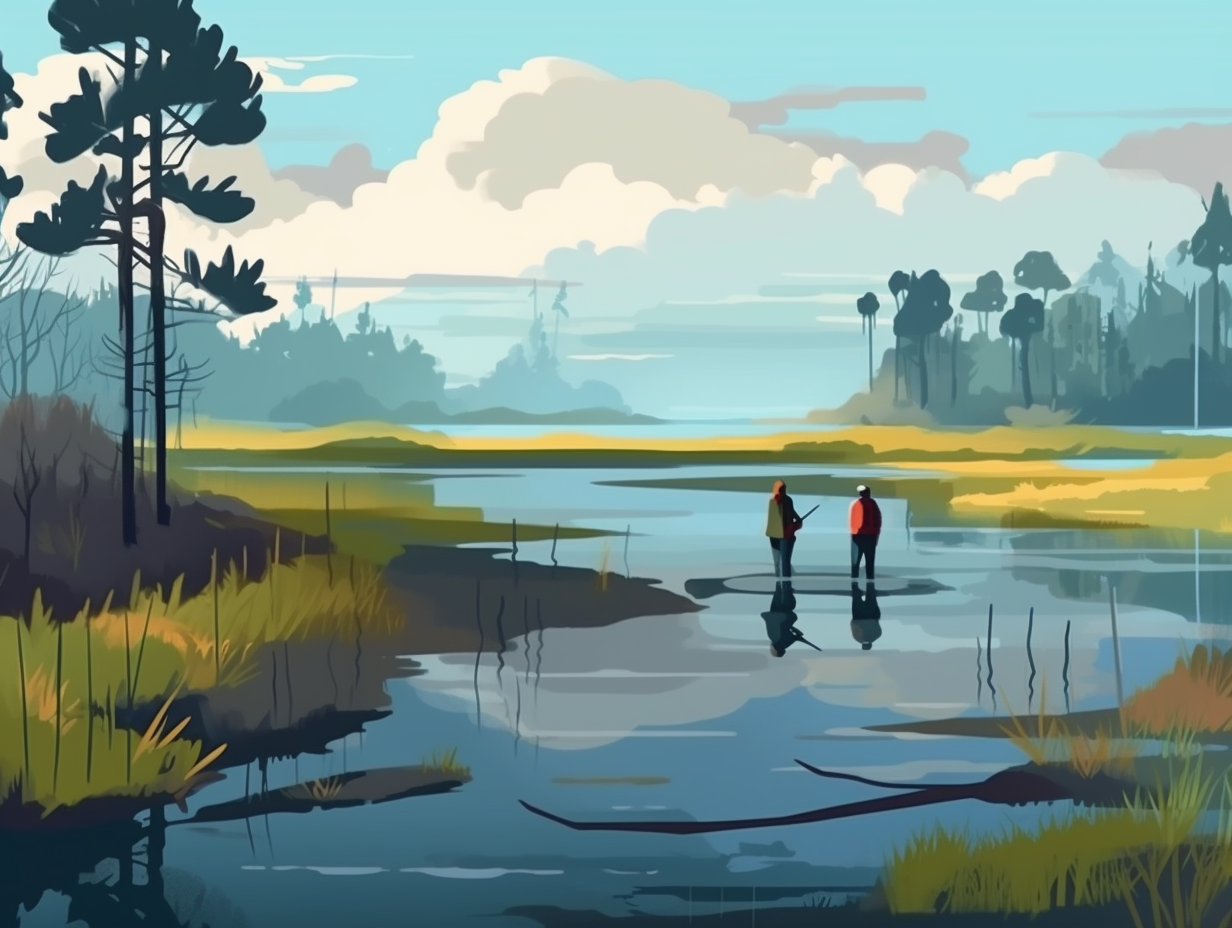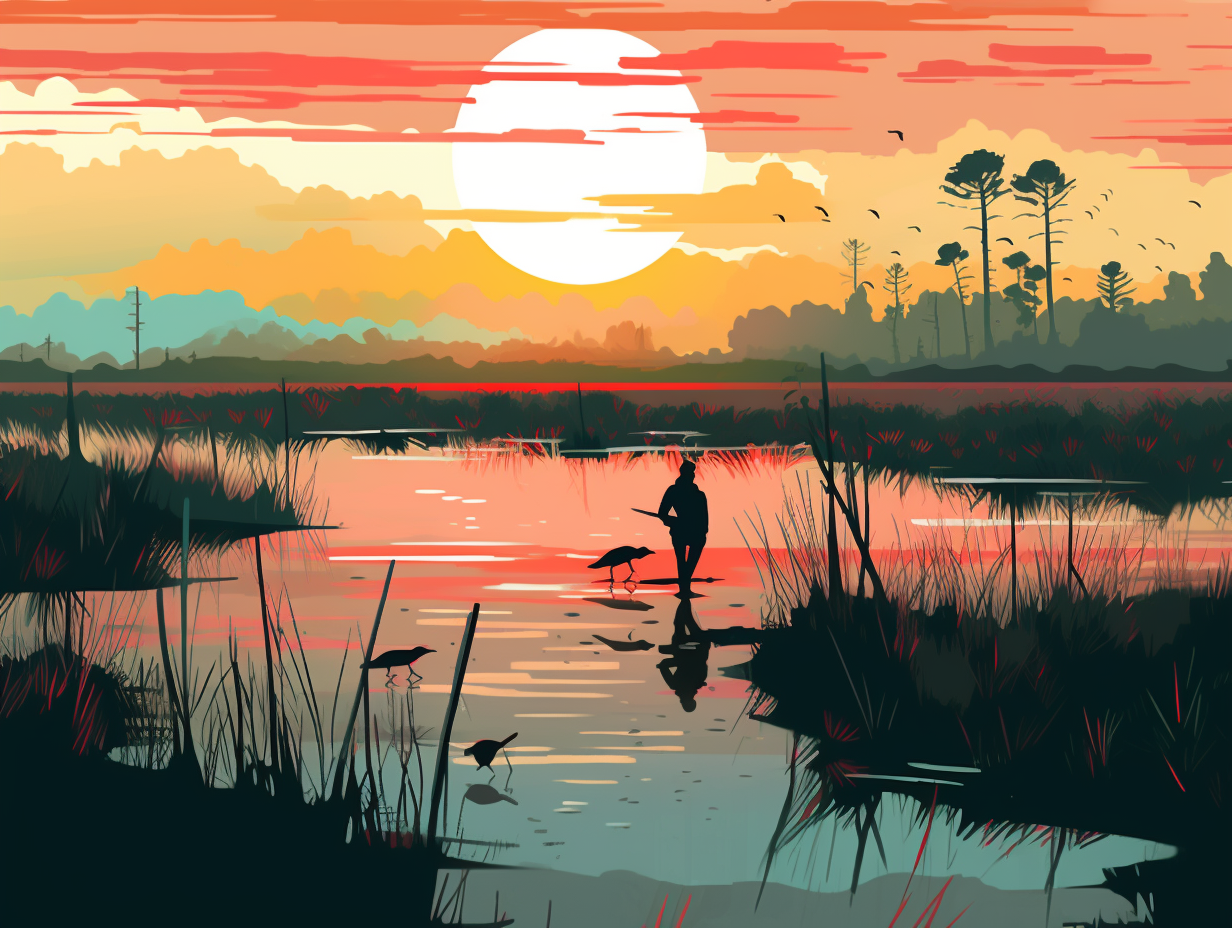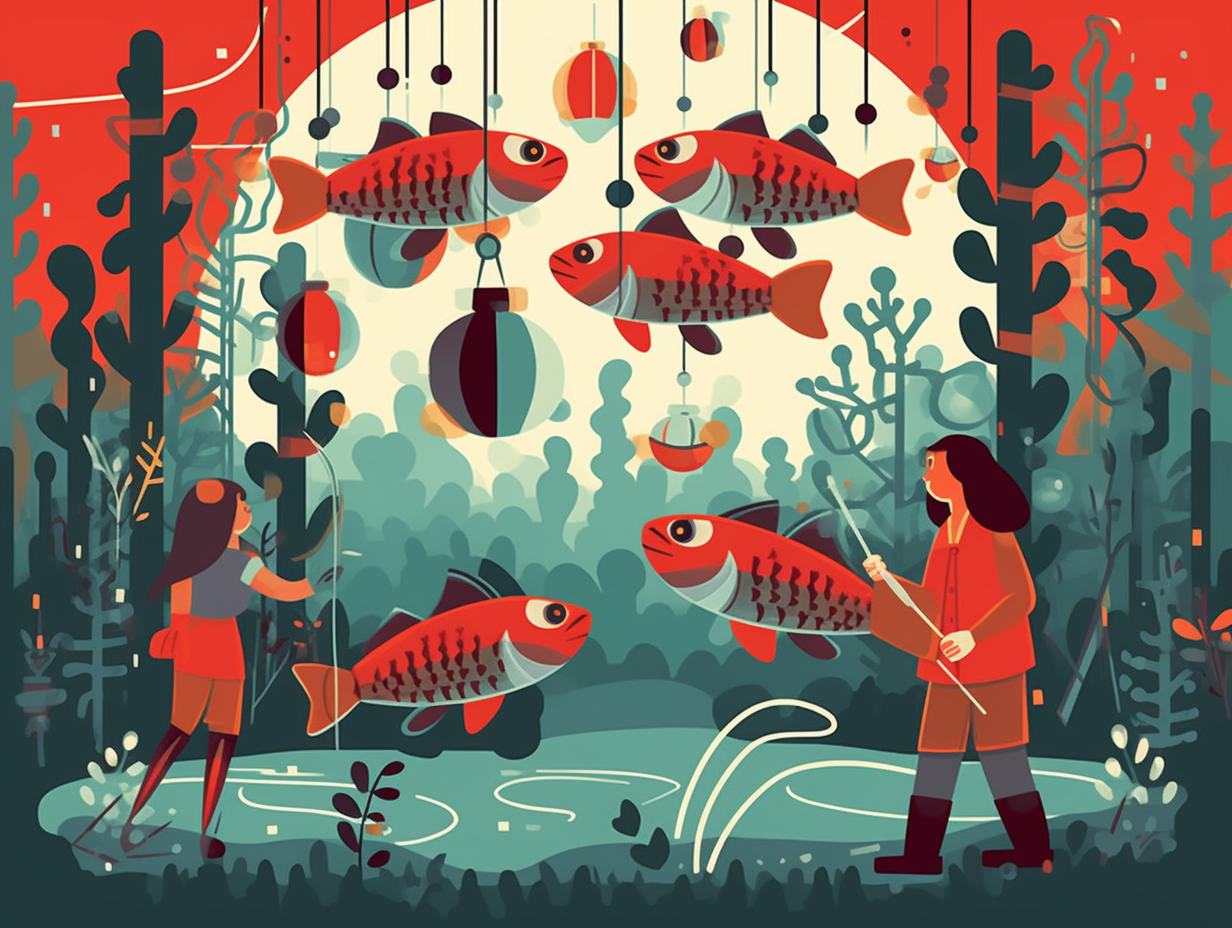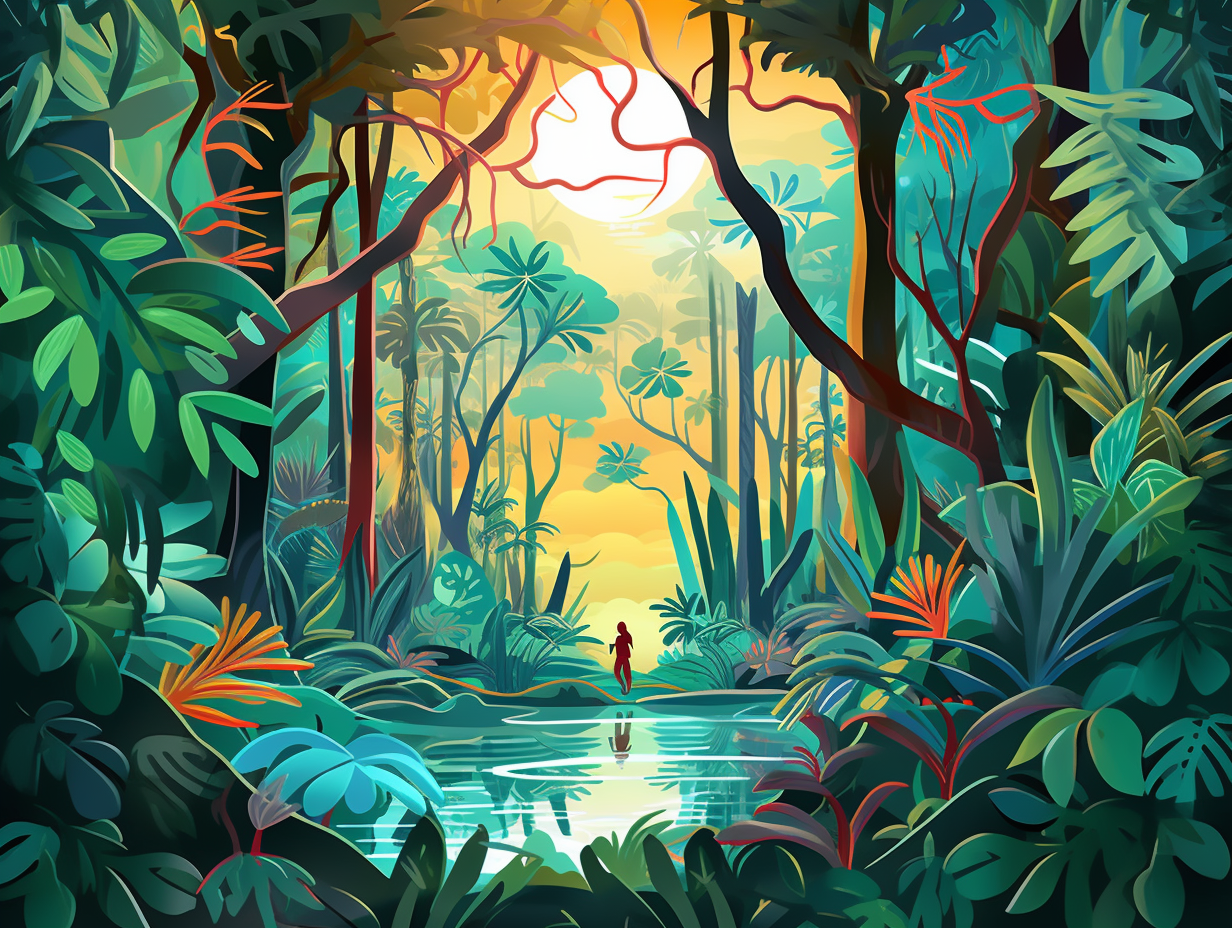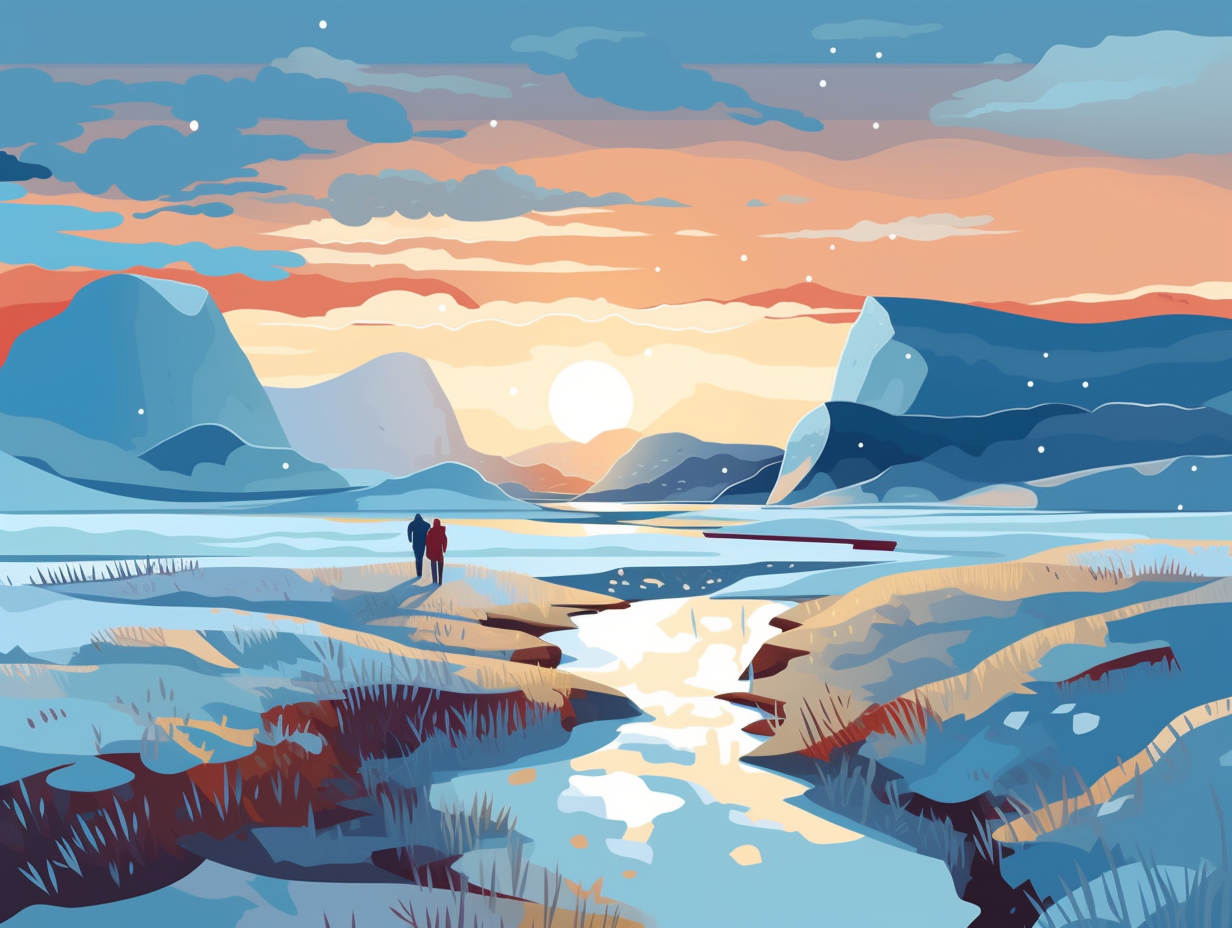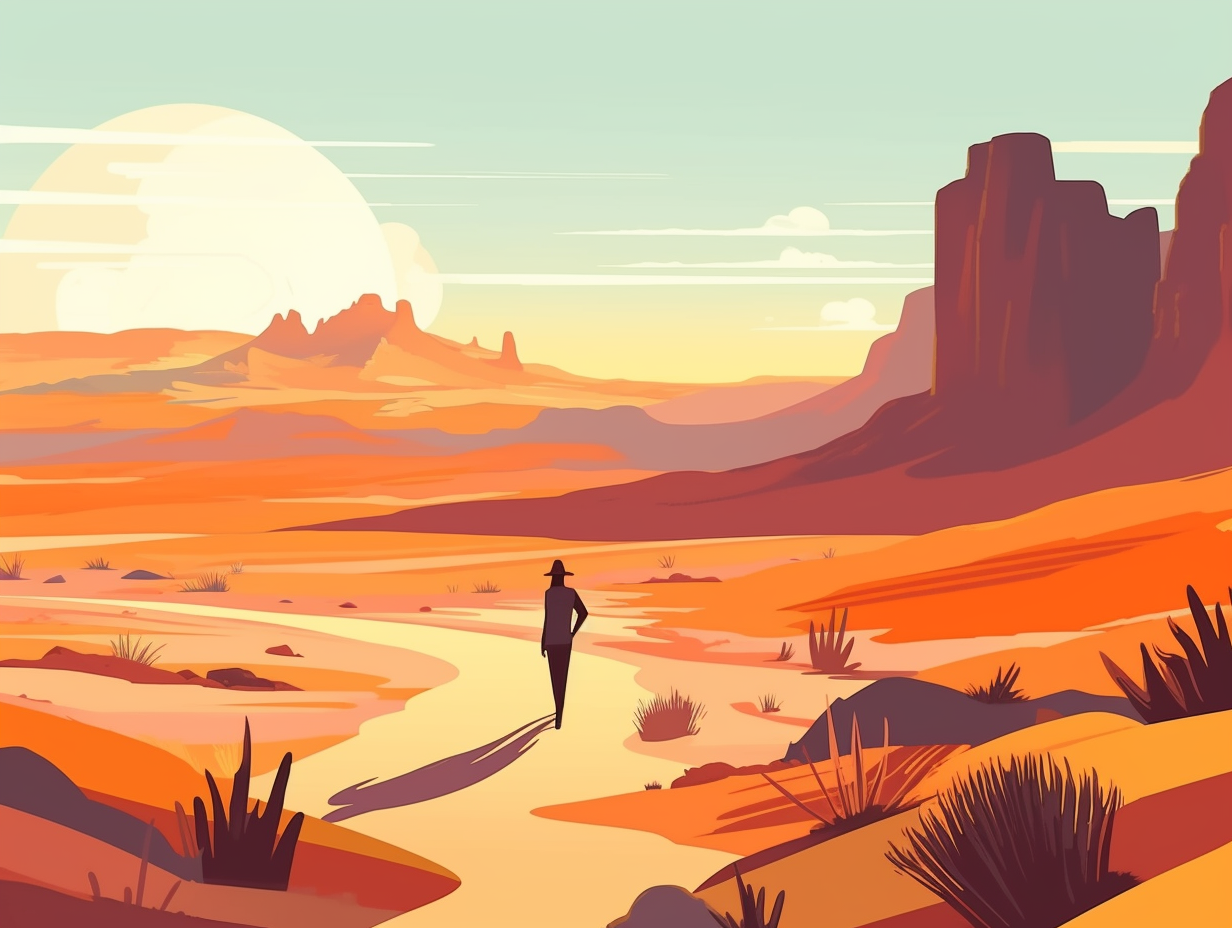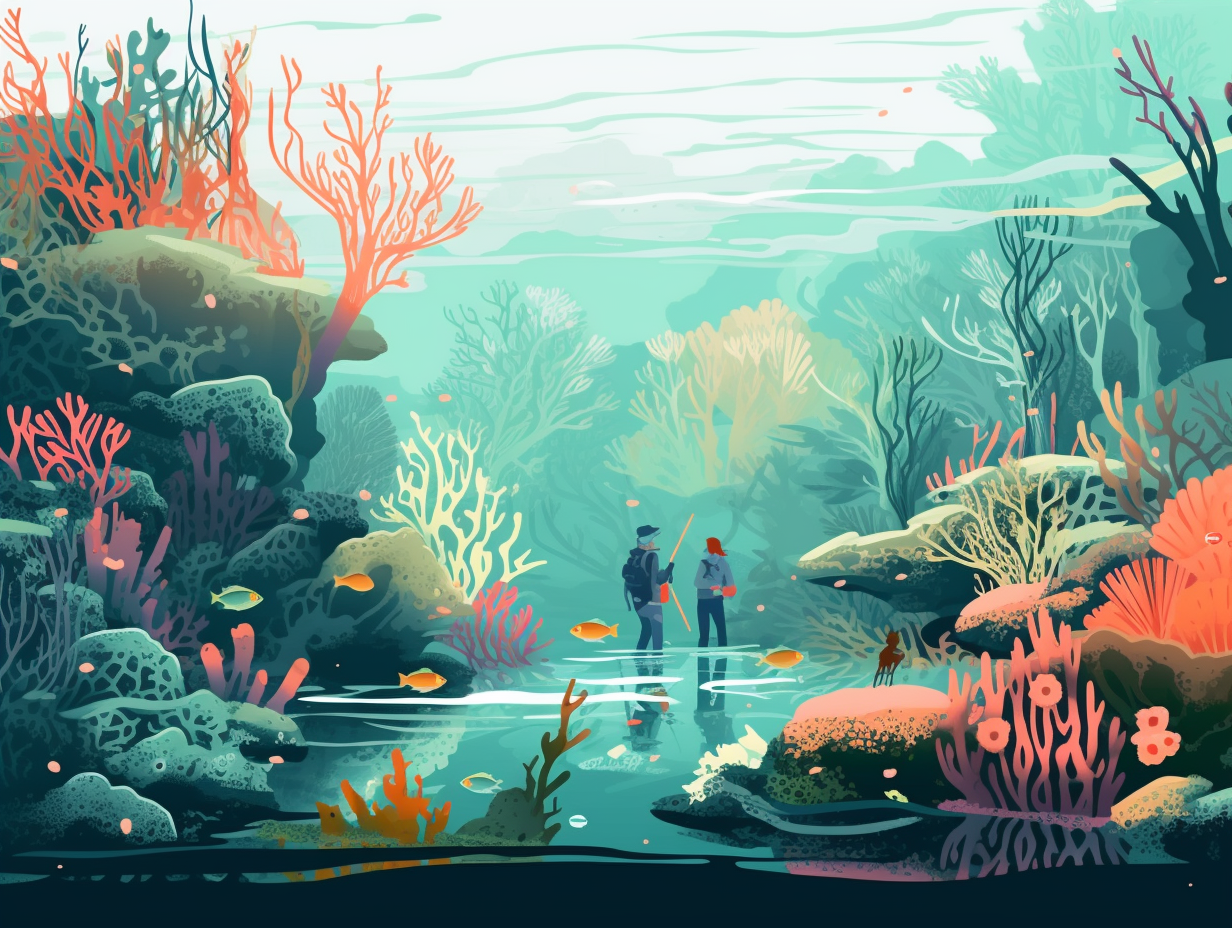Discover the Wonder: Top 11 Amazing Fun Facts About Prairies You Never Knew!

1. Prairies: Climate Change Superheroes
Prairies: the unassuming superheroes in the fight against climate change, armed with their trusty grass blades and carbon-storage powers, they strike back against their deforesting nemesis! In all seriousness though: these grasslands, including prairies, are actually more effective in storing carbon than some forests, according to a study on California's grasslands and rangelands, making them crucial in mitigating climate change. However, only less than 10 percent of the world's grassland is currently protected, leaving them vulnerable to threats like farming and overgrazing.
Source => nationalgeographic.org
2. Prairie Dogs: Landscape Architects & Comedians
Who knew that prairie dogs were nature's landscape architects and part-time comedians? These furry little excavators have been perfecting their stand-up routine while keeping the Great Plains in tip-top shape: Prairie dogs play a crucial role as a keystone species, conserving water through their extensive burrow systems, controlling weeds, promoting healthy soil and vegetation growth, and providing valuable real estate for fellow wildlife.
Source => gprc.org
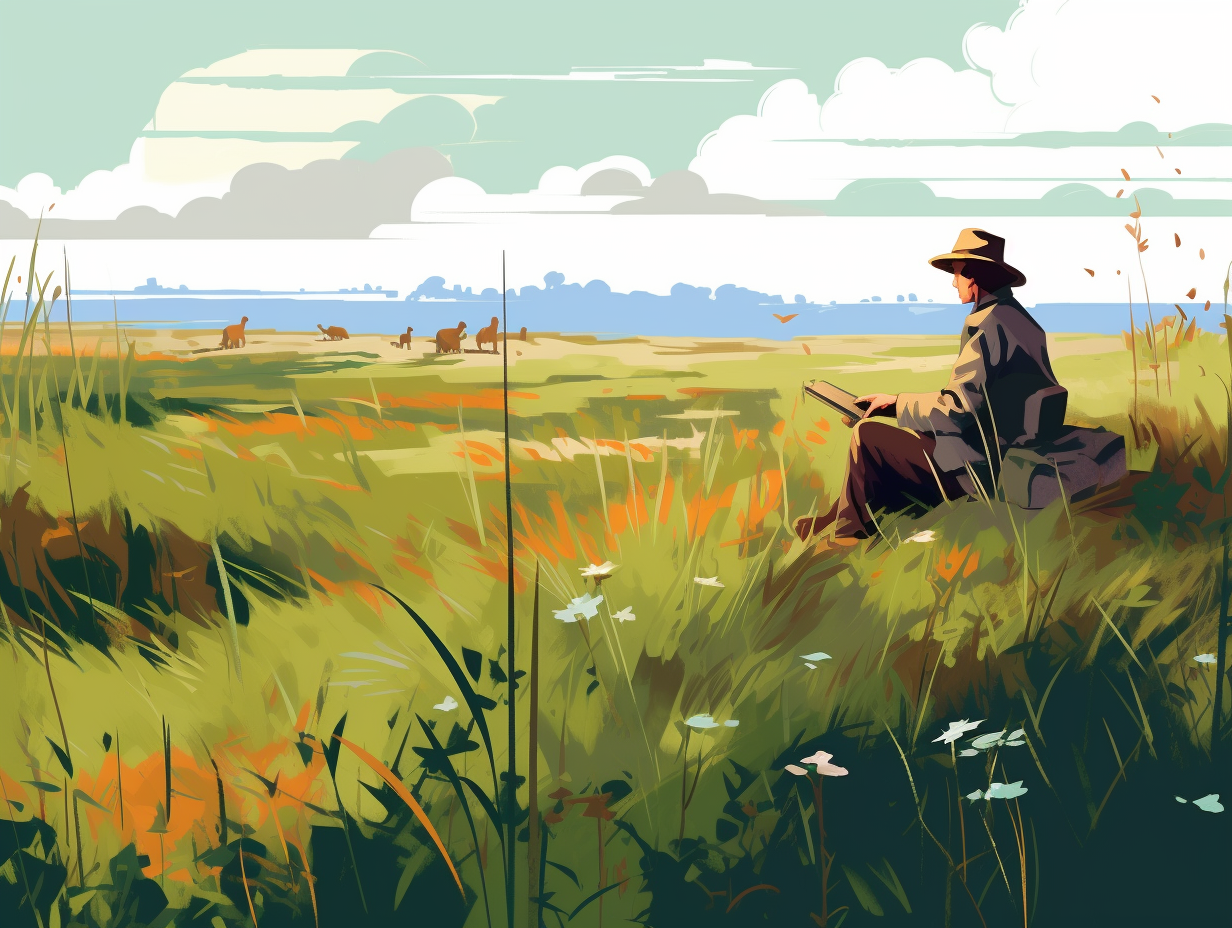
Did you know that Bison are actually superheroes for grassland birds and plants? Their munching and trotting actions help prairie grasslands flourish! Discover their secret powers in our fun facts section.
=> Fun Facts about Grasslands
3. Fires: Prairies & BBQ Lovers Unite
What do prairies and barbecue enthusiasts have in common? They both appreciate a good fire! In fact, Wind Cave National Park seriously plays with fire to maintain grassland harmony: Prescribed fires keep the balance between forest and prairie, clearing dead plant material, killing competing vegetation, and creating optimal conditions for grass growth, thereby benefiting the entire ecosystem.
Source => nps.gov
4. Bison: Fuzzy Eco-Warrior Landscapers
Bison: nature's landscaping architects and fuzzy eco-warriors! In a delightful twist of hoof and soil, these burly bovines are not just North America's largest land mammals, but also crucial caretakers of prairie ecosystems: using their pointy hooves to aerate soil like a fluffy John Deere tractor, bison boost soil health, raise grass property values, and create an exclusive community for other prairie critters to call home.
Source => nationalgeographic.org
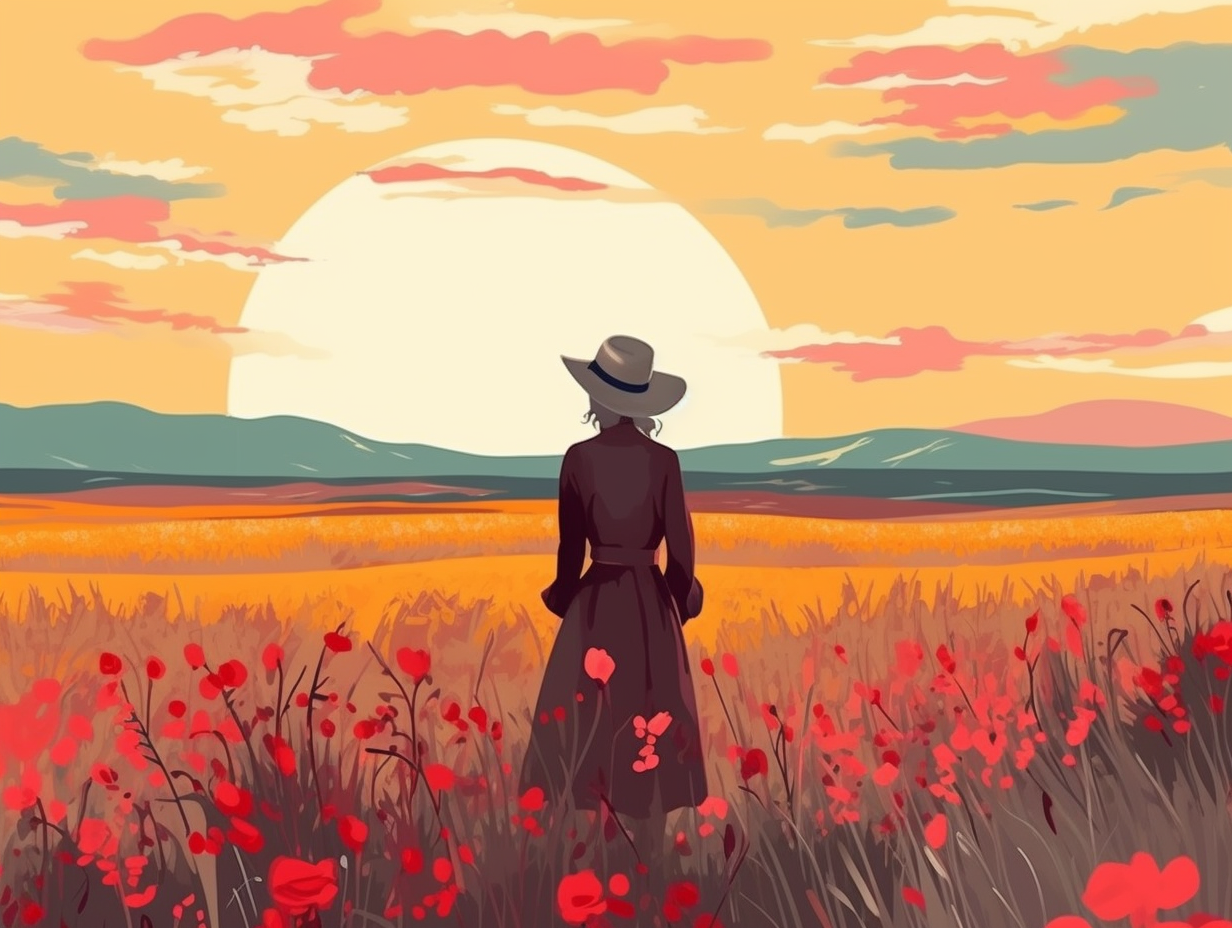
5. Chatty Prairies: Grassland Diversity Galore
If grass could talk, prairies would be the most chatty places on Earth, with everyone from lichen-laden gossips to tree-hugging flowers vying for attention: In fact, prairies host an astonishing variety of over 100 lichen, liverwort, and woody plant species, alongside up to 60 species of grass and more than 300 species of forbs, creating an ecosystem that's second only to Brazil's rainforest in terms of diversity!
Source => nps.gov
6. Carbon Storage Experts: Woolly Prairie Mammoths
Prairies, nature's own woolly mammoths with grass for fur and soil for bones, have been playing hide-and-seek with tons of carbon for centuries: These grassy playgrounds can house over 200 plant species, and their deep-rooted systems act as carbon sinks, holding more than 10 tons of roots per acre, extending sometimes even 10 feet deep, making them Mother Nature's stealthy saviors against rising CO2 levels.
Source => tallgrassontario.org
7. Potholes: Nature's Wetland Wonders
Feeling a little potholed? Although you may have attributed the formation of prairie potholes to the clumsy antics of the aptly-named Prairie Dogs, these wetland wonders were actually whittled out by melting ice blocks buried in glacial till during your last ice age vacation: Prairie potholes are closed depressions in the land that provide an invaluable ecological buffet, from critical breeding grounds for our waterfowl to serving as nutrient sinks, carbon storage units, and natural flood defenses, proving that stumbling upon a pothole isn't always bad news.
Source => jswconline.org
8. The Dramatic 1930s Dust Bowl Saga
Mother Nature had a major case of the Mondays during the 1930s, whipping up a whole lot of dust and drama in the Great Plains: The Dust Bowl lasted nearly a decade, crippling crops, triggering mass migration, overwhelming relief efforts, and sparking a never-ending battle with dust storms and insect infestations that demanded a heroic show of resilience from those who remained.
Source => drought.unl.edu
9. Indigenous Pyromaniacs: Wise Prairie Fires
Who said playing with fire was a bad idea? The OG pyromaniacs of the Great Plains might disagree: Native Americans often utilized controlled burns on prairies to manage plant growth, improve grazing conditions, and even influence bison movements – though they mostly avoided mass-deforestation and overly destructive fires.
Source => nps.gov
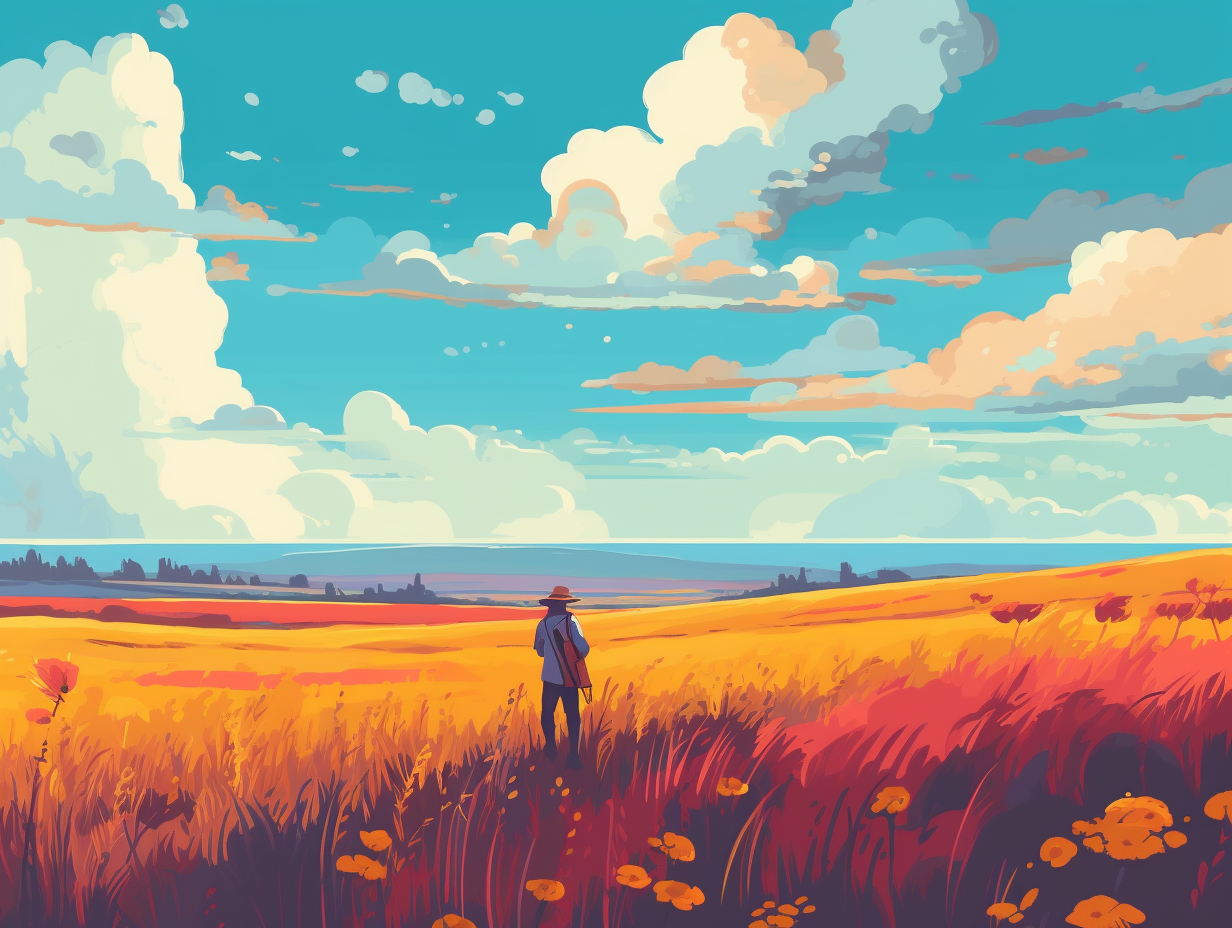
10. Pawnee Prairie Park: Nature Lover's Paradise
In a land where wild stallions would fear to tread and weary travelers dare to rest their boots, there lay a humble loop of nature's bounty, nestled beside the conquered greens of golfers' paradise: Prairie nature-lovers unite at the Pawnee Prairie Nature Park near Wichita, Kansas, featuring a breezy 3.1-mile trail-perfect for hiking, bird watching, and casual strolls-taking only a modest 56 minutes to complete, a babbling creek for company, and even allowing your furred canine compatriots to tag along (leash-bound, of course).
Source => alltrails.com
11. Hairdresser Prairies: Carbon-Foot-Hair Trimmers
Did you know prairies are Mother Nature's hairdressers? They're pros at trimming your "carbon-foot-hair" and keeping the Earth's temperatures cool and breezy: In fact, these expansive ecosystems cover around 40% of our planet's land surface and are hotspots for biodiversity. They function as nutrient warehouses, water reservoirs, and climate regulators, all thanks to their marvelous talent for maintaining carbon storage and improving ecosystem health through sustainable grassland management practices.
Source => bio4climate.org
Related Fun Facts


